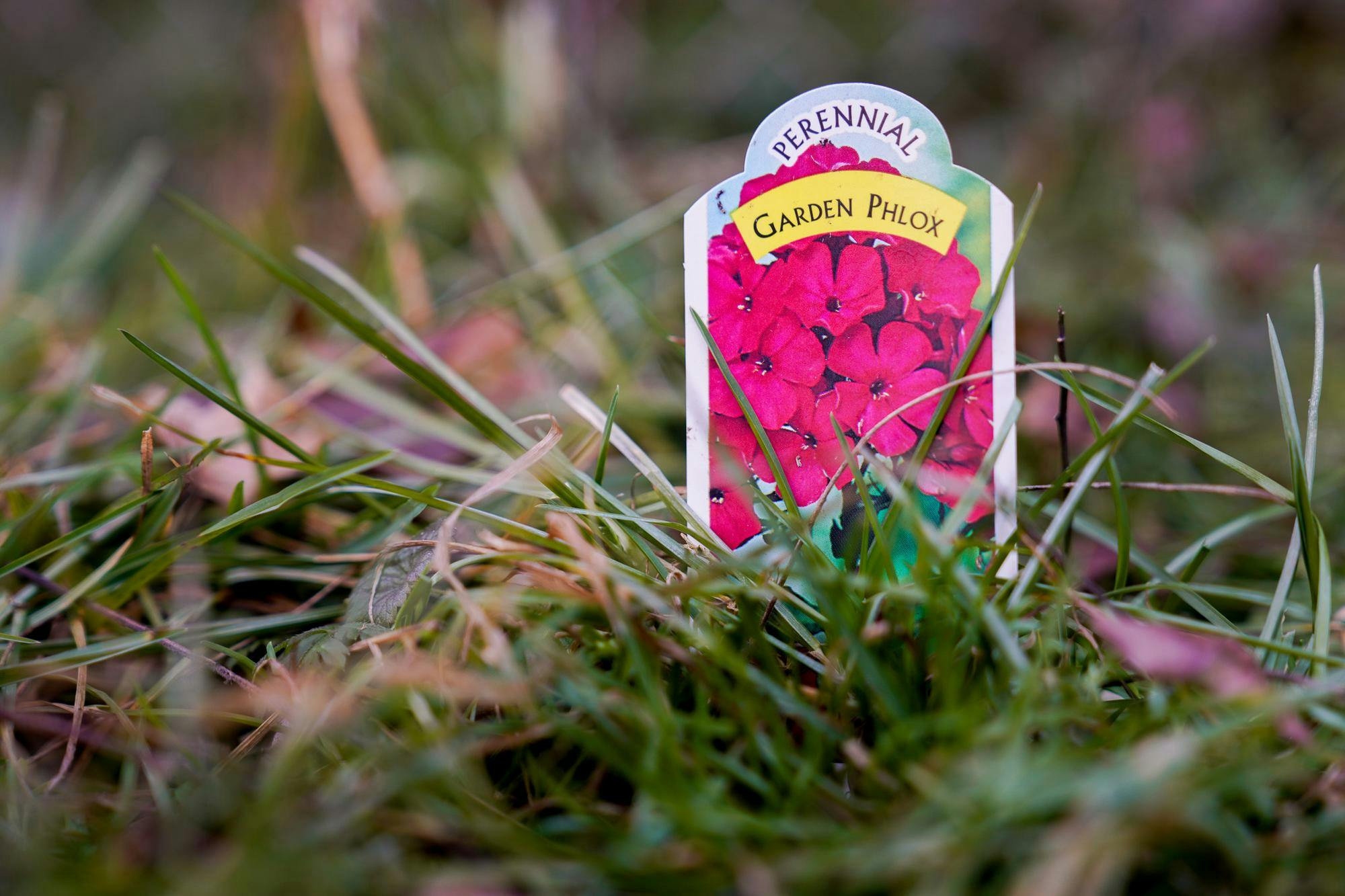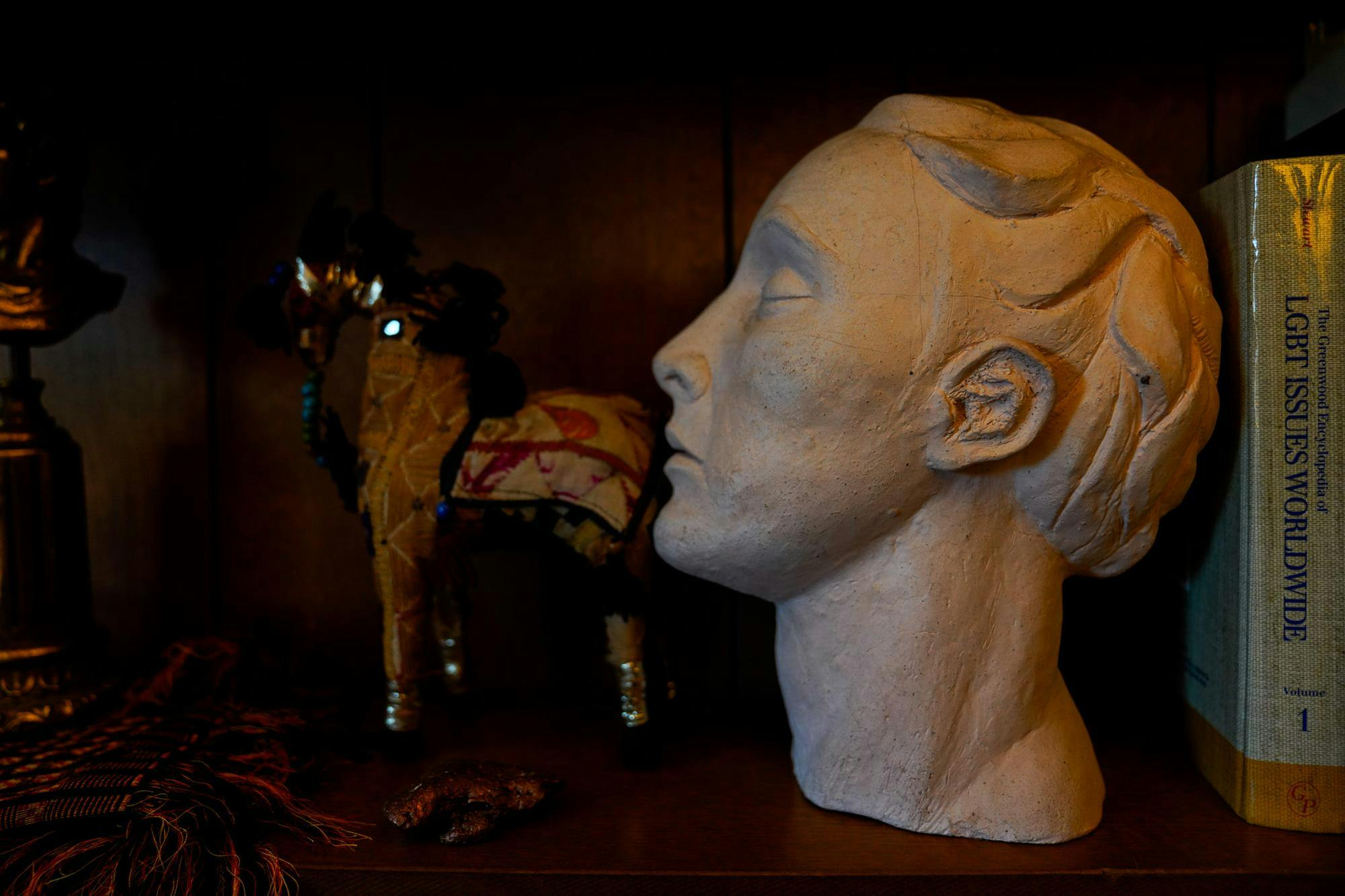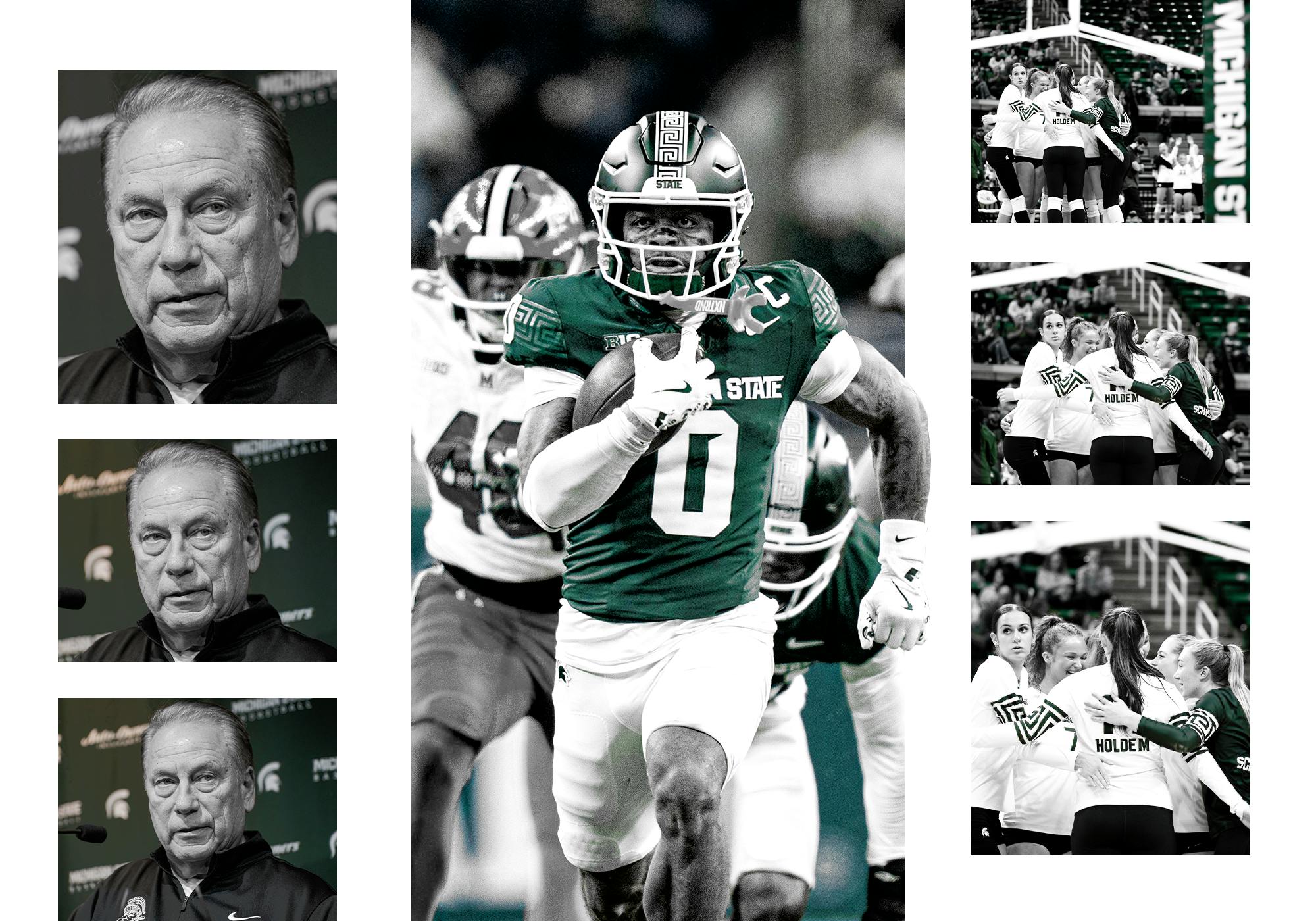Marco Díaz-Muñoz walked toward the Fountain of Neptune in the Piazza della Signoria and opened his folding chair. A bowl of gelato in his hand, he sat down and looked up at the stars.
He traveled from museum to museum across Italy to photograph their art, retaking each picture if the pieces were not perfectly captured. He wanted every speck of dust to be visible, and every brushstroke clear, for when he returned to the states to show his future students what he’d seen.
The search for art led him into nearly every church he saw.
"I found myself very often inside churches, because you're walking by a church with incredibly beautiful architecture," Díaz-Muñoz said. "How can you miss that? Don't just walk by it, go inside."
The serenity he felt in those moments grounded him. Díaz-Muñoz described the experience as being "reconnected with something greater."
"At those moments, life is good," Díaz-Muñoz said. "There's no memory of what had happened."
It was the first time he felt peace since half a year prior, before a gunman entered his Berkey Hall classroom and opened fire, killing two of his students and injuring others — the day that changed his life.
But when his trip was over and he arrived back in East Lansing, when he saw campus and the places he associated with the shooting, the peace vanished.
Feb. 13, 2023 follows him around like a shadow, he said. It lives in the back of his mind, deep in his subconscious. That’s where it’s been since minutes after the violence unfolded in his classroom.
When he relayed his experience to mental health professionals on the scene — the sound of gunshots, hanging onto the door in case the shooter returned, some students escaping through the windows while others tended to the wounded — he felt as though he was describing someone else’s experience.
He had dissociated. It was like putting up a wall between what had happened and himself. He said it was a way for the mind to protect itself from trauma.
"There was a part of me, a subconscious side of me, that had those experiences," Díaz-Muñoz said. "My psyche put up a barrier, and that's what allowed me to be able to talk as though I was telling a story."
But as much as his psyche tried to suppress the trauma, it couldn’t truly disappear. Like the Law of Conservation of Energy, he said, energy cannot be created nor destroyed. The trauma only transferred to other parts of his life: nightmares, disorientation and constant sleeping.
Every time he woke up, he was in a "state of limbo."
"I just wanted to go back to the dream world," he said. "I didn't want to wake up, because waking up was a torture. Waking up was having to be in your conscious mind and having to accept that what happened, did happen."
Sleep was no refuge either. He had constant nightmares. Though they weren’t exact scenes of what he had witnessed, they had a common theme: fear.
In one nightmare, he was in the dark surrounded by water. With sharks circling him, he clung to a wooden board to stay afloat.
But even nightmares provided a sanctuary from consciousness.
"Even though a lot of times I had nightmares, I sometimes found myself wishing to go back to sleep," Díaz-Muñoz said. "Because as long as I was asleep, I didn't have to face the realization that what I witnessed was real. It wasn't something made up, and it couldn't be undone."
Díaz-Muñoz realized the only way to heal was to resume his routine, which meant returning to class. He also felt that he needed his class, and they needed him. Like the wooden board in his dream, he clung to them to stay alive.
Support student media! Please consider donating to The State News and help fund the future of journalism.
Now in Bessey Hall, as Berkey was shut down for the remainder of the semester, Díaz-Muñoz sought to re-establish routine in his class. One way he did this was by passing around the attendance sheet at the start of each period. Though he did not grade attendance, it was the first simple step in regaining their lives.
"You regain your life back," he said. "That's what I tried to model for them, and they modeled for me — to be able to reclaim your spaces. Your routines are things that give meaning and purpose to your life."
Over time, Díaz-Muñoz eased back into some class content. He at least wanted his students to learn and feel a sense of accomplishment in earning their grades.
"They felt like they finished the semester, and they actually did learn," Díaz-Muñoz said. "But more than just learn about my class, they learned about surviving. They learned about beginning to put their lives back together."
As the semester neared its end, his fear and restlessness grew. The list of summer plans he typically created was left blank. Summer was "a big question mark," an "openness," a "void."
But through therapy, Díaz-Muñoz accepted he couldn’t hold on to that class forever.
"I arrived at the conclusion that I would have to let go of those kids," Díaz-Muñoz said. "Those kids were giving meaning to my life, and letting them go would be difficult."
And it was.
He slept for days when the semester ended. His body collapsed once he had exhausted every ounce of adrenaline to finish the year. He realized he’d been running on fumes.
After recovering, and now with all the time in the world, Díaz-Muñoz had to find a new purpose. So he turned to gardening, tending to his long-neglected yard.
He mowed the lawn and planted perennials — some flowers and trees he’d seen on campus. He fell in love with hibiscuses, first planting one, then two, then three, then too many to count.

"Slowly, I started filling my days with waking up with the sun, a cup of coffee on the deck upstairs, and then looking down at the flowers and feeling excited about watering them and going to Horrocks to buy more and plant more," Díaz-Muñoz said. “That started bringing me a sense of purpose and a sense of peace. It was very therapeutic."
At the same time, Díaz-Muñoz continued therapy to address the trauma. He could not just shove it into a drawer and close it forever. Unaddressed trauma would resurface eventually, he said, and it would likely be worse.
"That's why I'm going to therapy — to, once a week, open that drawer and address it," Díaz-Muñoz said. "At that time, in the summer, I kind of moved from a state of limbo and depression and fear to the joy of nature and gardening, and the sun."
While he taught an art class during the summer’s second session, Díaz-Muñoz also started thinking about a project he first envisioned years ago that was slated by the pandemic: taking his art students to Europe.
He requested a sabbatical for fall semester and flew to Italy with his wife.
There, he captured Italy’s art with over 6,000 photos. He planned to use the photos in his class to show artists' techniques.
The search for art was how he found himself in so many churches. Díaz-Muñoz said he’s always held religion close, but his faith was strengthened after the shooting. Churches offered a space of retreat, a place for him to connect to something intangible.
This connection to "something greater" kept him grounded as life devolved to chaos. After the shooting, when he said it felt like life had no meaning and he was all alone, faith was something to hold on to.
"To me, all that we touch and feel is not all there is," Díaz-Muñoz said. "I feel there's something higher than all of us, and I'm not expecting anybody to share my my beliefs, but I believe there's something greater that guides this ship. And that, many times, it seems like it has no meaning and makes no sense. But something greater is in control, so I default to that."
As his trip drew to a close and he returned to Michigan, he grew anxious thinking about returning to campus.
Díaz-Muñoz now teaches in Erickson Hall. He no longer requests to teach in Berkey Hall room 114, which he always used to love because its windows allowed sunlight to pour in.
In fact, he avoids Berkey Hall at all costs. Not only has he avoided the building itself, but he’s also avoided news coverage of its reopening. Though the building is open for classes again, the room he taught in is boarded up.
"I know I wouldn't want to go inside the building, not for God knows how long," Díaz-Muñoz said. "I definitely don't want to walk by that classroom."
But it was only a matter of time before he would be forced to confront it.
At the start of the semester, his colleagues supported him by accompanying him across campus. One night, after driving a colleague to their car, Díaz-Muñoz followed them to exit campus.
Construction forced them to drive past the south side of Berkey. The last time he’d been on that street, it was filled with police cars, ambulances, and his students being taken out of his classroom.
He felt a deep anxiety as he drove past the building. He looked the other way, but out of the corner of his eye, there it was. He couldn’t ignore it: the same lights, a similar cold night.
"I knew (I was) gonna go through a very unpleasant moment, and I did, but I survived it," Díaz-Muñoz said.
It is not just Berkey that scares him, but all of campus. He always has some degree of alertness, he said, especially when he’s alone. The fear that someone could start shooting at any moment is always with him.
Though his brain has mostly suppressed the trauma, moments of fear bring back glimpses of a memory.
"(The memory) flashes as if it were veiled, as if you had frosted glass, like in your shower," he said. "So I don't see it in all its details. It can come back, but it’s as if you were seeing it through a filter. You don’t see all the details."
His anxiety also grows as the one-year anniversary of the shooting approaches. The university has canceled classes for Feb. 13 and has a week of events planned on campus.
But for Díaz-Muñoz, Tuesday, Feb. 13, 2024 is just a date. What scares him is the night before — the same Monday evening class.
"Everybody in two weeks will be aware that this is the week when this happened," Díaz-Muñoz said. "A year ago, this week was horrible. But what will make it more real to me is not Tuesday the 13th, but Monday, because that's when it happened. That's when all the things will coincide: the hour, the time, the class."
Despite the pain, Díaz-Muñoz has kept an open mind.
He doesn’t hate the gunman. Though Díaz-Muñoz saw him as a monster in the days after the shooting, he said he realized the gunman was "a point in which everything that was wrong converged."
"That person that showed up in my classroom had no humanity left in him," Díaz-Muñoz said. "For him to do what he did, he was filled with rage, filled with hatred, filled with loneliness. Only someone who has nothing left inside could have no compassion toward the people he killed."
Díaz-Muñoz said this was not an isolated event. The consistent stream of mass shootings that happen in this country are a result of wider issues, he said.
"He was expressing his rejection of society, his hatred of the world," Díaz-Muñoz said. "But he didn't get there alone. He got there because of all the dead ends in life that he faced."
Violence did not begin with the shooting, Díaz-Muñoz said. In reality, acts of violence are perpetrated by the government every day.
Whether it’s the defunding of social services, denying mental health care access, or a lack of education and jobs, Díaz-Muñoz said when governments and corporations prioritize profit, people suffer.
Shortly after the shooting, Díaz-Muñoz spoke to the Michigan Legislature about gun control. He has always been against guns, but this feeling intensified after the shooting and persists today.
Díaz-Muñoz believes sociopolitical change could end the constant violence that he and millions of other Americans have endured. He said we must critique what has gone wrong to move forward. This, he said, is an act of optimism.
"Light is brighter than darkness," Díaz-Muñoz said. "Love is greater than hate. So even though we experienced darkness and hate and everything, I still default to positive optimism."
His open-mindedness seeps into every aspect of his life.
His home office is filled wall-to-wall with art from across the world. On his desk is a Buddhist hand sculpture that symbolizes serenity, which has been significant to him this past year.

"I'm just open to listening to everybody that has been wise in this world, that has left something for us to learn from."
On his shelf is a clay sculpture of a head. It’s his own work, molded by his hands when he attended Albion College and studied architecture and art.

He’s been creating art for as long as he can remember. When he was a child growing up in Costa Rica, his mother nurtured his talent, always praising his work.
Memories from childhood were often a place to retreat to after the shooting. And his childhood connection to art is at the core of his love for it. He said his sculpture on the shelf "brings back those memories of being in a safer world at a safer stage in (his) life." And, it reminds him that he can create art, which he sometimes forgets.
This is why art became another saving grace this past year. And, it’s one of the reasons his trip to Italy was so significant to his healing.
"Teaching (an art) class is the most fulfilling one for me, because then I'm doing or teaching about what I love most," Díaz-Muñoz said.
But more than that, it’s teaching that helps him "feel reconnected with the goodness of life."
It’s his connection with students that drives him forward. It’s his connection with students that gives him a sense of purpose. And, it’s his connection with students that made losing two of them — Arielle Anderson and Alexandria Verner — so devastating.
And yet, it’s the moments of connection with them that he remembers.
"(Their smiles) are what I associate with them, and that's what they left with me — a sense of something positive," Díaz-Muñoz said. "Life is good, and they left that with me. I don't want to think of what happened. I want to think of what I shared with them — their smiles."
Teaching has been a source of joy, which has been the most crucial thing to hold on to since the shooting.
"There's a difference between happiness and joy," Díaz-Muñoz said. "You can go through the hardest thing and feel joy, because joy is … an understanding that you matter in this universe. And even though you're going through a difficult time, something greater than you reminds you that you matter, and that each human being matters."
This joy is what he felt when he sat in the plaza and looked up at the stars, a moment when he was "really in the present."
Everything that grounds him — hibiscus in the backyard, memories of childhood, brushstrokes on canvas, quiet churches, and teaching — brings him this joy.
And that is how Díaz-Muñoz heals from the day that changed his life forever.
"When you know that even though you're going through war you have (joy), then you can find some comfort in that feeling," Díaz-Muñoz said. "Teaching and seeing my students reminds me of that — that my life is good. Because I'm doing something I love."
![<p>Marco Díaz-Muñoz in the backyard of his home in East Lansing on Saturday, Feb. 3, 2024. Díaz-Muñoz was in the room where the gunman on MSU's campus began firing on Feb. 13, 2023. One year after the mass shooting, Díaz-Muñoz fights each day to not let the darkness that consumed him that night consume his future, as well. “Whether you witnessed it in front of you, or you knew it was happening, we all shared that fear,” Díaz-Muñoz said. “That [fear] follows,” he said. “I’m doing everything to not let that shadow become all my life.”</p>](https://snworksceo.imgix.net/tsn/98646e07-5577-4940-9020-d3122801d892.sized-1000x1000.jpg?w=1000)


